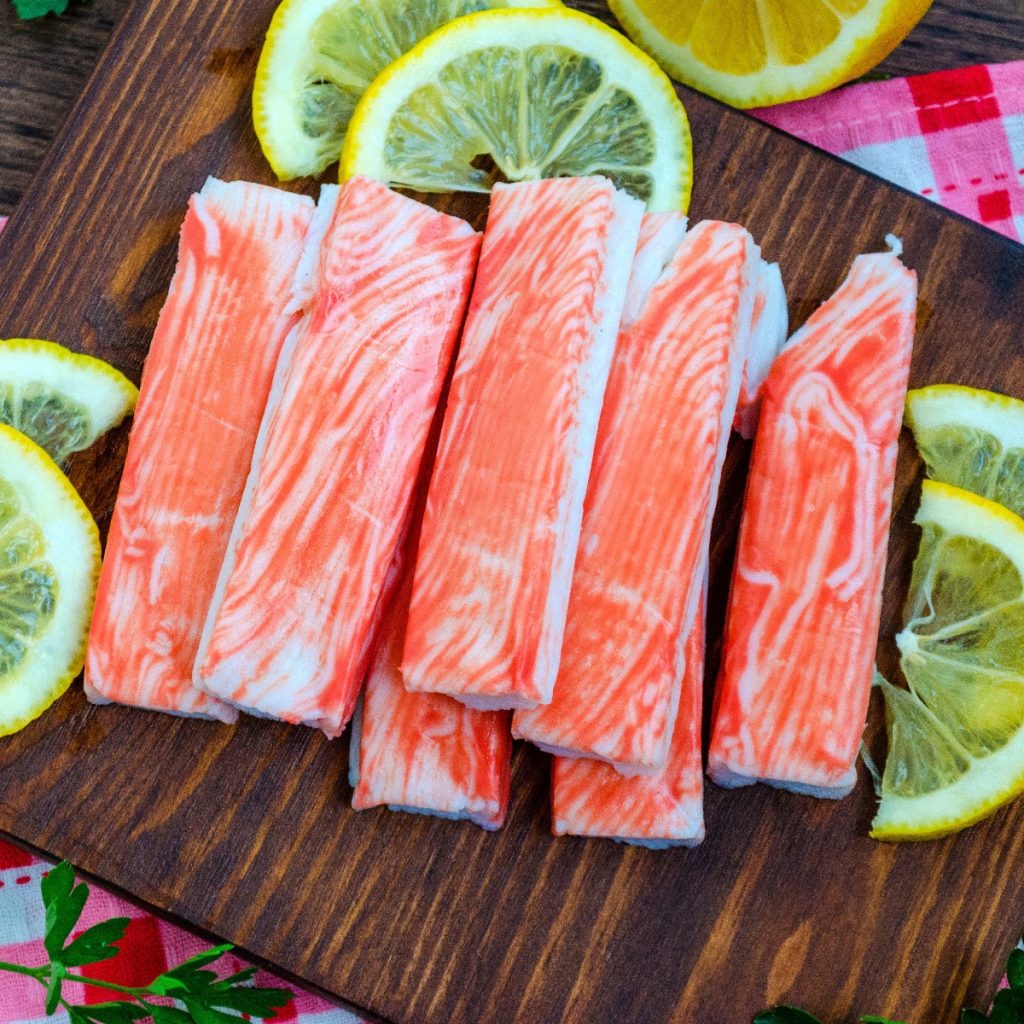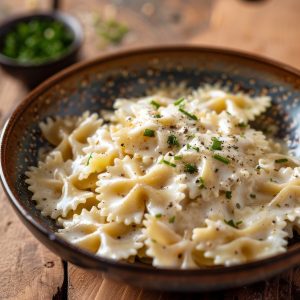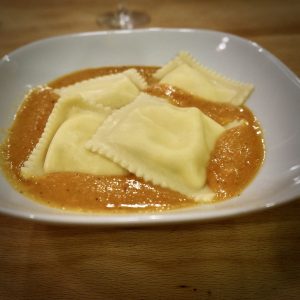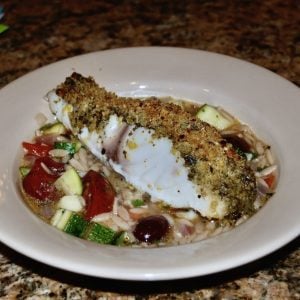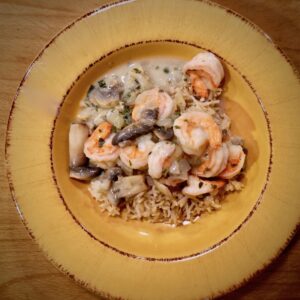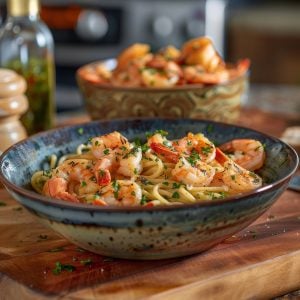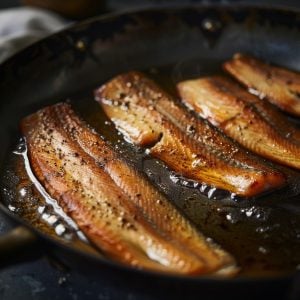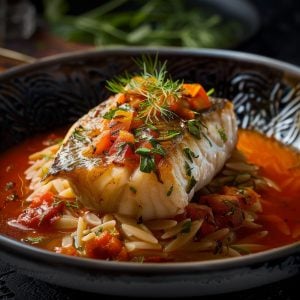All About Imitation Crab
Have you ever had a California Roll and wondered what the imitation crab like substance really is? You know it’s not real crab but it looks and tastes a lot like crab but it isn’t. I’ve been wondering about this for a while so I wrote this post to explain what it is, how it is made and how to use it in cooking.
What Is Imitation Crab?
I have wondered about this for a long time. Imitation crab is a seafood product made from surimi, a type of fish paste that is shaped and flavored to resemble crab meat. It is often used in dishes like crab cakes, sushi rolls, and salads. Imitation crab is typically lower in cost and milder in flavor compared to real crab meat.
Where Does It Come From?
Imitation crab is made from surimi, a type of fish paste made from ground fish (often Alaskan pollock) that has been processed to remove most of the fish’s flavor and fat. The surimi is then mixed with seasonings, stabilizers, and artificial crab flavor to create a product that resembles crab meat in taste, texture, and appearance.
What Fish Are Used to Make Surimi?
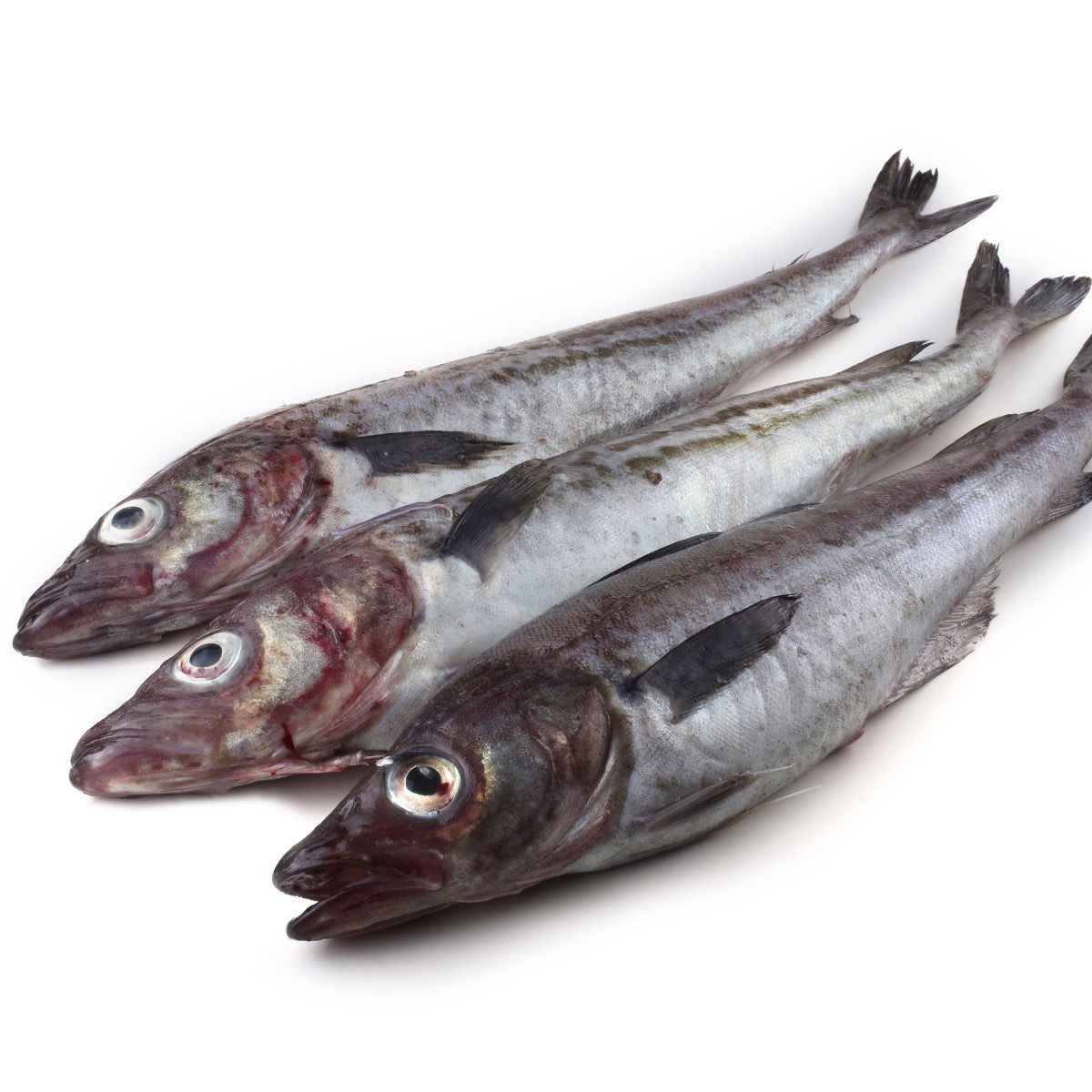
Surimi is made from white-fleshed fish, typically Alaska pollock. Alaska pollock is a type of fish that is abundant and inexpensive, making it an ideal choice for the production of surimi.
The fish is cleaned, deboned, and then ground into a paste. Additional ingredients such as sugar, salt, and other seasonings are added to the paste to improve the flavor and texture of the surimi.
The paste is then molded and shaped into various forms, including sticks, flakes, and sheets, which are used to make various products, including imitation crab. The use of Alaska pollock for surimi production is a sustainable practice, as Alaska pollock populations are abundant and well-managed.
Is There Any Actual Crab Meat in It?
No, there is no actual crab meat in imitation crab. It is made from surimi, which is a processed fish paste, and flavored and colored to resemble crab meat.
What Does Imitation Crab Taste Like?
Imitation crab has a mild, sweet, and slightly salty flavor. The texture is slightly firm and has a slight chewiness, but is not as flaky or tender as real crab meat.
Some people describe the flavor as being a bit bland or artificial, while others appreciate the mild taste as it allows the flavors of other ingredients in a dish to shine. Imitation crab is a popular ingredient in dishes like crab cakes, salads, and sushi rolls, providing a crab-like taste and texture without the cost of real crab meat. The taste of imitation crab is subjective and may vary depending on the brand or recipe.
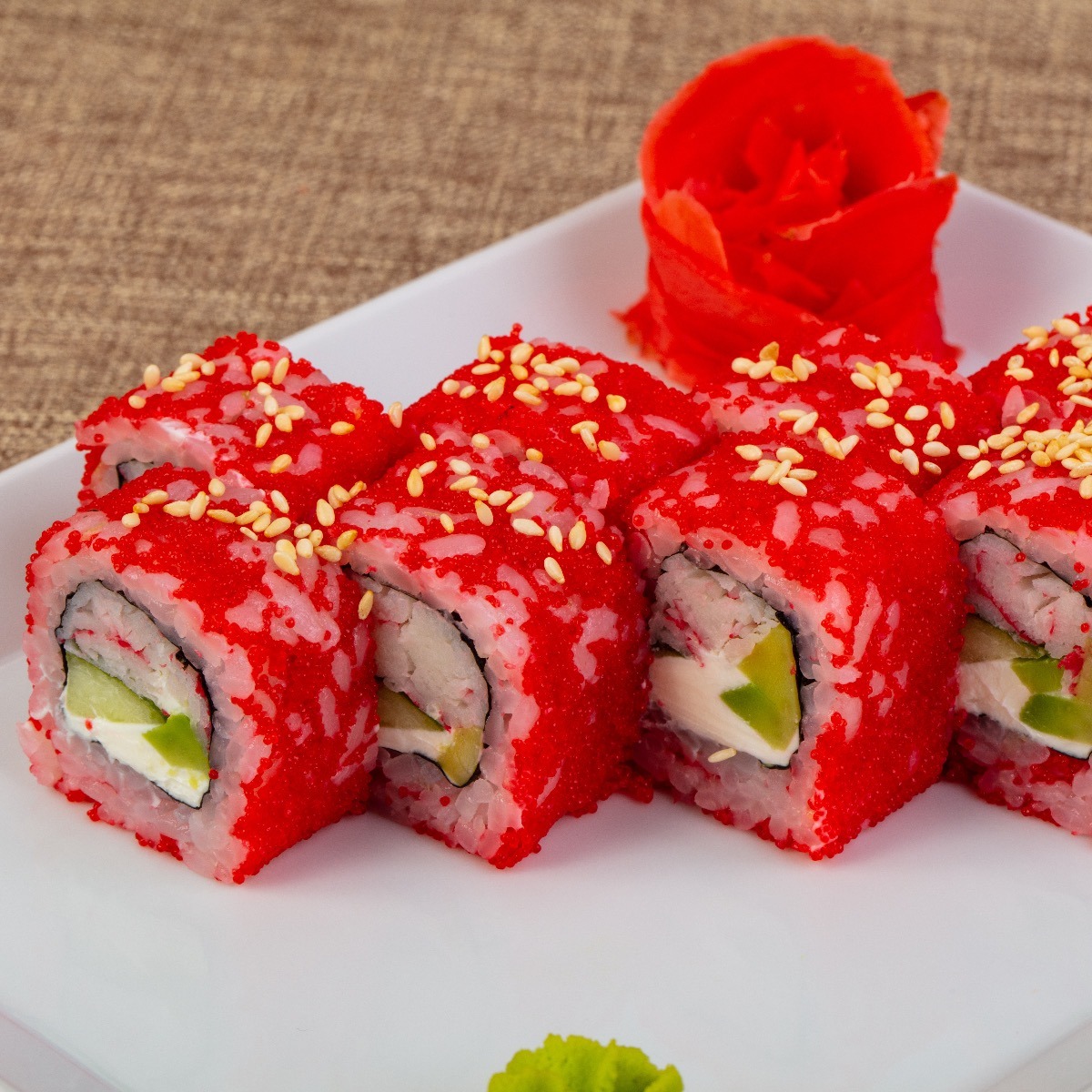
Where Is It Produced?
Imitation crab is produced in various countries worldwide, including Japan, China, South Korea, and the United States. Many brands source the surimi (the base ingredient for imitation crab) from countries with large fishing industries, such as Russia, Thailand, and Vietnam.
The processing of surimi and the manufacture of imitation crab is a global industry, and the product is widely available in supermarkets and specialty stores in many countries. The production process for imitation crab may vary depending on the brand and the country of origin, but it typically involves combining surimi with flavorings, colorings, and other ingredients to create a product that resembles crab meat.
What Additives Are Found in Imitation Crab?
Imitation crab meat typically contains the following additives:
- Starches: To improve the texture and stability of the product, starches such as wheat flour or potato starch may be added to the surimi paste.
- Sugar: Sugar is often added to surimi to improve the flavor and sweetness of the final product.
- Salt: Salt is added to surimi for flavor and preservation.
- Flavorings: To imitate the flavor of crab, artificial flavorings may be added to the surimi paste.
- Food coloring: Food coloring may be added to the surimi to give it a more crab-like appearance.
- Sodium tripolyphosphate: This ingredient is added to improve the texture of the surimi and help retain moisture.
- Sorbitol: Sorbitol is a sugar alcohol that may be added to surimi to improve its texture and stability.
These additives help to create the flavor, texture, and appearance of crab meat, making imitation crab a popular alternative to real crab meat. The specific ingredients and quantities used may vary between brands and products, so it’s always a good idea to check the ingredient label before purchasing.
How Is It Used in Cooking?
Imitation crab is a versatile ingredient that can be used in a variety of dishes. Some common uses include:
- Sushi rolls: Imitation crab is often used as a filling for California rolls and other types of sushi.
- Crab cakes: A mixture of imitation crab meat, bread crumbs, and seasonings is often shaped into cakes and fried or baked for a delicious appetizer or main dish.
- Salads: it can be diced and added to salads for a crab-like flavor and texture.
- Pasta dishes: it can be added to pasta dishes like spaghetti or alfredo for a seafood twist.
- Sandwiches: it can be added to sandwiches for a low-cost alternative to real crab meat.
- Soups: out can be added to soups, like chowders, for a crab-like flavor without the cost.
The versatility of imitation crab makes it a popular ingredient in many dishes, and it can be used in a variety of cooking methods, including baking, boiling, sautéing, and grilling.
Why Is It So Popular In Japanese Cuisine?
imitation crab is popular in Japanese cuisine, particularly in dishes like California rolls and crab sticks, because it provides a crab-like flavor and texture at a lower cost than real crab meat. In Japan, surimi has been used for centuries as a substitute for more expensive seafood, and the development of imitation crab was a natural extension of that tradition.
Additionally, the mild flavor of imitation crab complements other ingredients in Japanese dishes, making it a versatile and widely used ingredient in Japanese cooking. The popularity of Japanese cuisine around the world has also helped to increase the popularity of imitation crab as an ingredient.
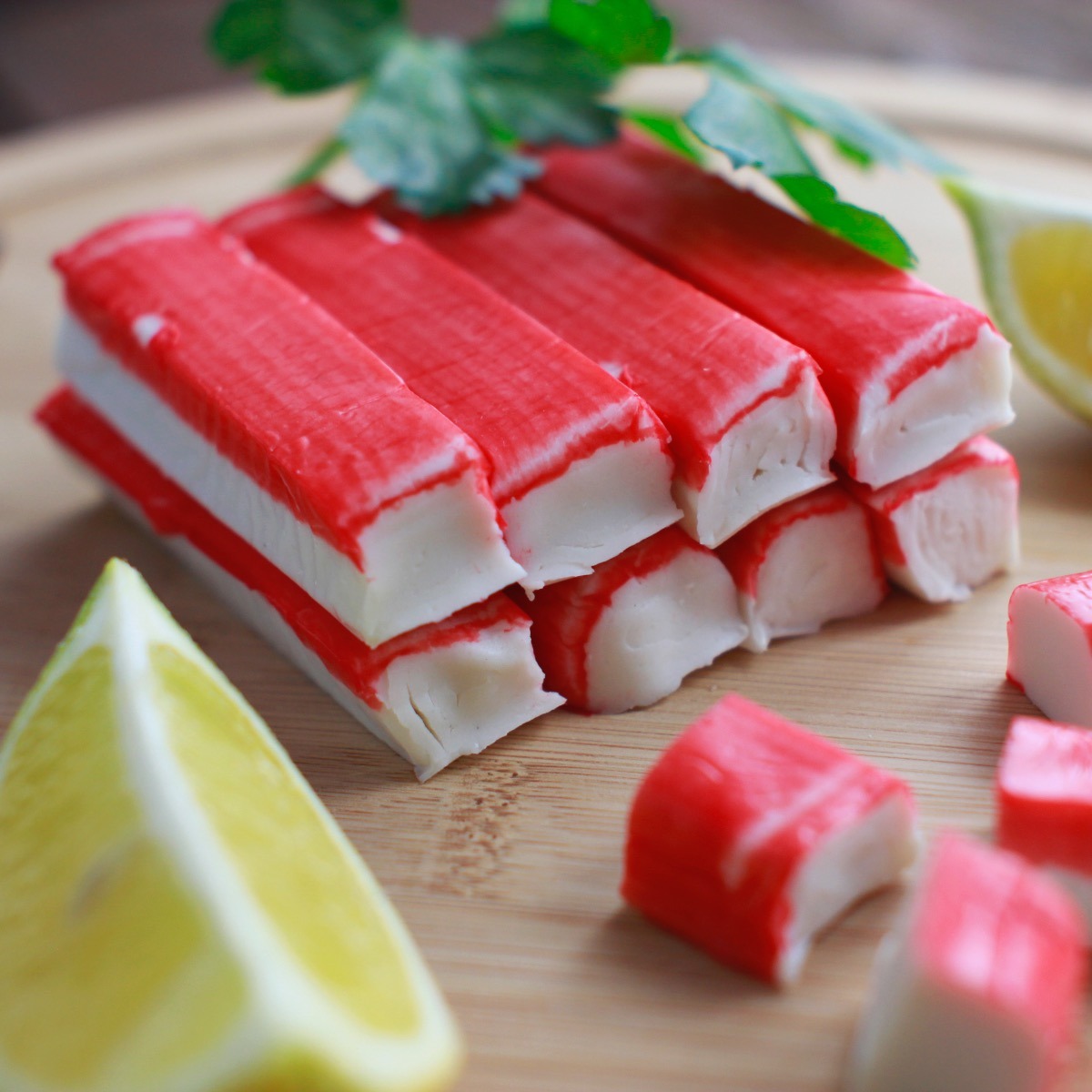
Why Is It So Popular Universally
- Affordability: It is often lower in cost than real crab meat, making it a popular choice for those on a budget.
- Mild flavor: The mild flavor of imitation crab is appreciated by many consumers who prefer a milder seafood flavor.
- Versatility: It is a versatile ingredient that can be used in a variety of dishes, including salads, sushi rolls, and pasta dishes.
- Convenient: Imitation crab is often sold pre-cooked and pre-packaged, making it a convenient option for busy consumers who want to quickly prepare a seafood dish.
- Wide availability: It is widely available in grocery stores and supermarkets in many countries, making it a accessible ingredient for consumers.
- Health benefits: For health-conscious consumers, imitation crab is typically lower in fat and calories compared to real crab meat.
The combination of affordability, mild flavor, versatility, convenience, and health benefits has made imitation crab a popular choice for many consumers.
Where Can You Buy Imitation Crab?
Imitation crab can be found in many grocery stores and supermarkets. Some specialty seafood stores may also carry the product.
It is typically sold in the frozen food section or in the seafood section of the store. Some popular brands include Krab Sticks, Sea Legs, and Ocean Prize.
Online grocery retailers may also offer a selection of imitation crab products for purchase. The availability of it may vary depending on the location and the specific store, but it is a widely available product in many countries.
Can You Cook Imitation Crab?
Yes, you can cook it. Because it is already fully cooked, it is typically used as a topping or filling in dishes rather than being the main protein. Cooking with imitation crab typically involves heating it in a sauce, baking it in a dish, or incorporating it into a mixture (such as a crab cake or sushi roll) that will be baked or fried.
When cooking with imitation crab, it is important to avoid over-cooking, as this can cause the product to become tough and rubbery. In most cases, heating imitation crab until it is warm, rather than fully cooked, is sufficient.
5 Interesting Facts
- Imitation crab is made from surimi, a type of processed fish paste, rather than actual crab meat.
- The process of making surimi and imitation crab has been developed in Japan for hundreds of years, where it is still widely used today.
- It is often lower in cost and milder in flavor than real crab meat, making it a popular alternative for those on a budget or who prefer a milder seafood flavor.
- It is often used in dishes like crab cakes, salads, and sushi rolls, providing a crab-like flavor and texture without the cost of real crab meat.
- Some health-conscious consumers choose imitation crab as it is typically lower in fat and calories compared to real crab meat while still providing a similar flavor and texture.

